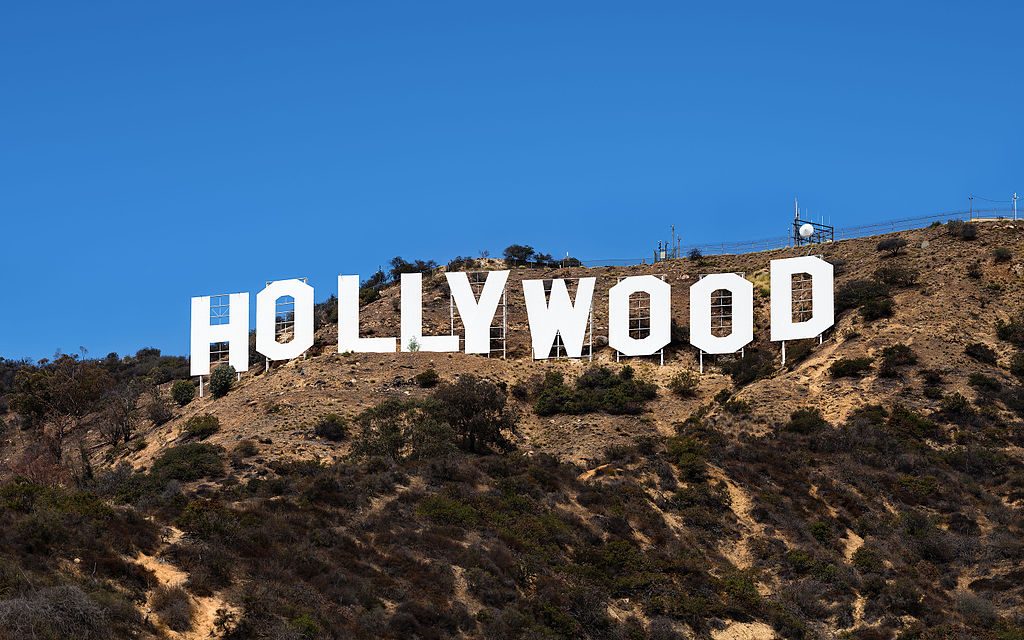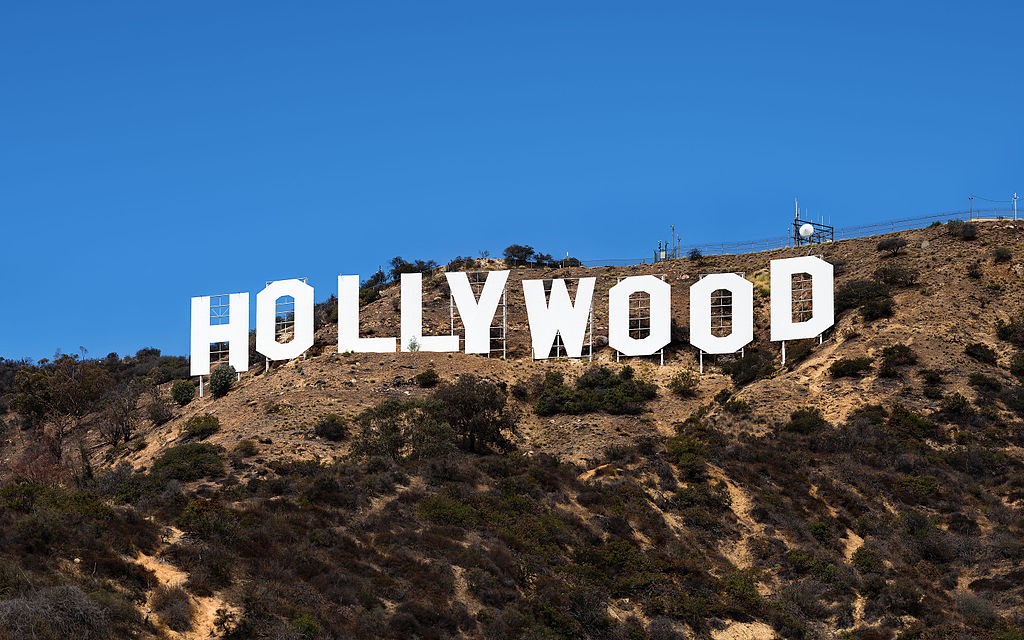Hollywood is so closely identified with the “decadent” film industry, that it’s hard to imagine that it started out as a prim Victorian town…but it did.
History
In 1886, Kansas prohibitionists Harvey and Daeida Wilcox “bought a 120-acre citrus farm in sleepy Cahuenga Valley, a suburb of Los Angeles, for $150/acre.” They built an elaborate Victorian house in the middle of a fig orchard, then began subdividing the property. Liquor wasn’t allowed, and only ”well-educated, worldly, decent” people were offered the property.
In 1903 the subdivision was big enough to become the city of Hollywood. But that didn’t last long. In 1910, the citizens voted to make Hollywood an official district of L.A. The reason: They wanted access to L.A.’s water system. Since then, one historian laments, “Hollywood has been reduced to a mere ‘northwest sector of the city of Los Angeles.’ ”
Name
While her California house was being built in 1886, Daeida Wilcox went East to visit her family. On the train, she met a woman who described a lovely Illinois summer estate, called Hollywood, that was sprinkled with holly trees. Wilcox was taken with the idea. She repeatedly tried to grow holly on her citrus farm before deciding that the climate wasn’t suitable. Perhaps to console herself, she named their ranch “Hollywood” anyway. In 1887 she registered the name with the Los Angeles recorder.
Main Industry
In the early 1900s, the film industry was centered in both New York City and Fort Lee, New Jersey. But soon movie companies were headed west.
The First West Coast Studio
In 1907, Col. William Selig was producing crude silent movies in Chicago, “whenever the sun was shining—which was not frequently enough to make his business a profound success.” He happened to read a promotional pamphlet sent East by the Los Angeles Chamber of Commerce that mentioned the city was “bathed in sunshine some 350 days of the year.”
This impressed Selig, and he sent two men—Francis Boggs and Thomas Parsons—to see if it was true. To give the area a test, Boggs and Parsons set up a temporary studio in L.A. and began making pictures, recruiting actors off the streets of the city. When they’d completed several pictures, they left to test another location—Colorado—where they compared the climate and photographic possibilities to those on the coast. The West Coast won. Not only was there almost unlimited sunshine, but the varied scenery—mountains, rivers, deserts, and ocean—was unbeatable. Boggs and Parsons shared their discovery with other filmmakers in the east, and in early 1909, Selig went to Los Angeles to build the first L.A. film studio.
The First Hollywood Studio: Ironically, it was the Wilcoxes’ puritanism that brought moviemakers to Hollywood. When the couple subdivided their estate, one plot of land wound up in the hands of a tavern owner, who opened a bar there. The outraged Victorians passed a law prohibiting booze, bankrupting the bar. So when the Nestor Moving Picture Company arrived from New Jersey in 1911, it was able to buy the abandoned tavern cheap and convert it into the first Hollywood studio. Within a week, the company had produced Hollywood’s first film, Her Indian Hero, a Western featuring real Native Americans. Within three months, it was sharing Hollywood with 14 other film companies—-despite the “Actors Not Welcome” signs posted all over town.
Hollywood Facts
- Early filmmakers who moved West weren’t just looking for a place in the sun; they were looking for a place to hide. So many were violating Thomas Edison’s motion picture patents that a legal battle known as the Patents War erupted. Southern California was the perfect refuge—as far from the federal government as possible and close enough to the Mexican border for a quick getaway.
- The famous “HOLLYWOOD” sign in the hills above the film capital originally said “HOLLYWOODLAND.” It was built in 1923 to promote a real estate development. The last four letters fell down during WWII.










